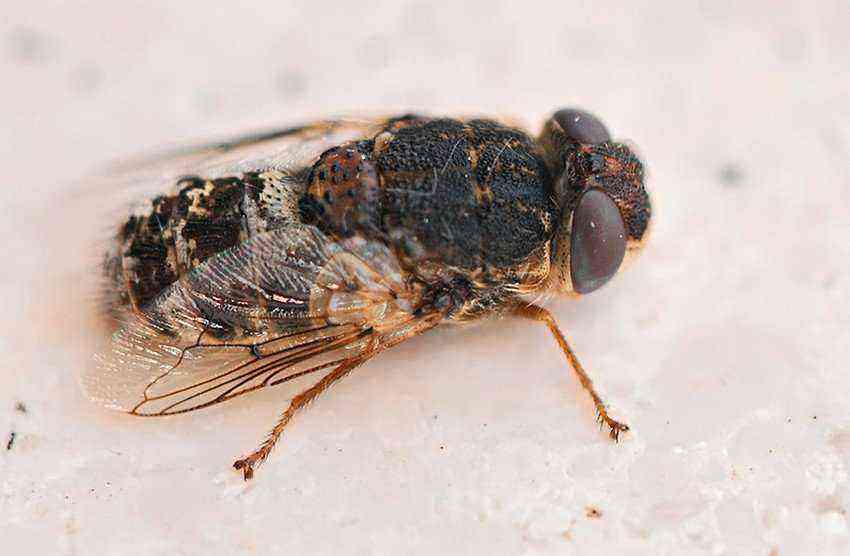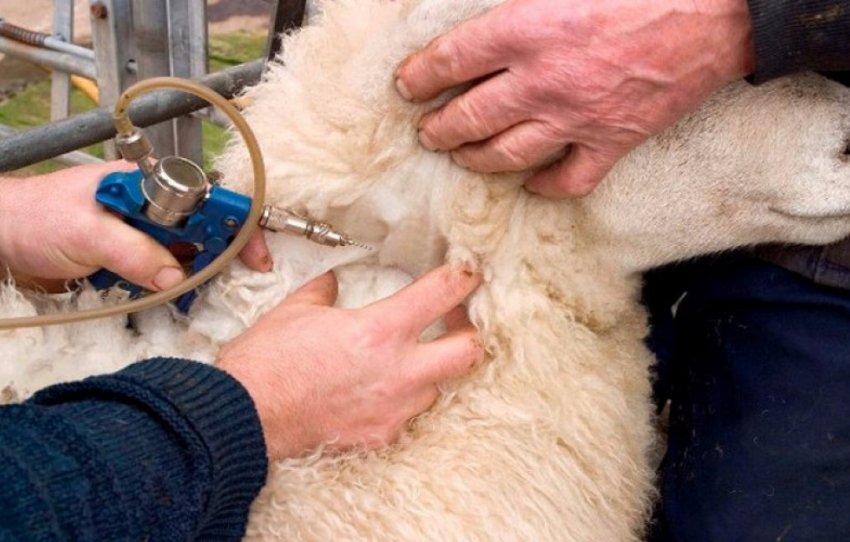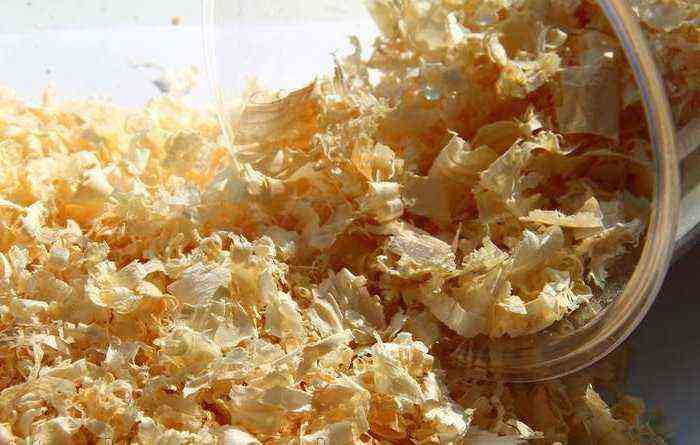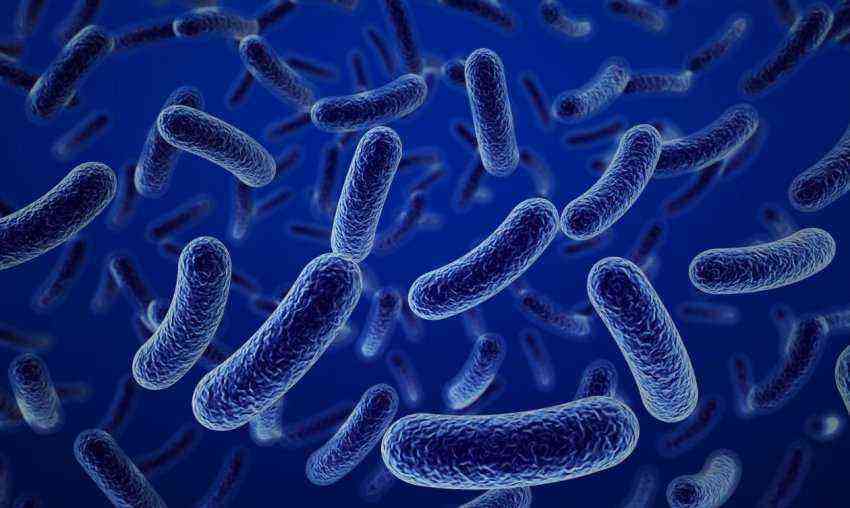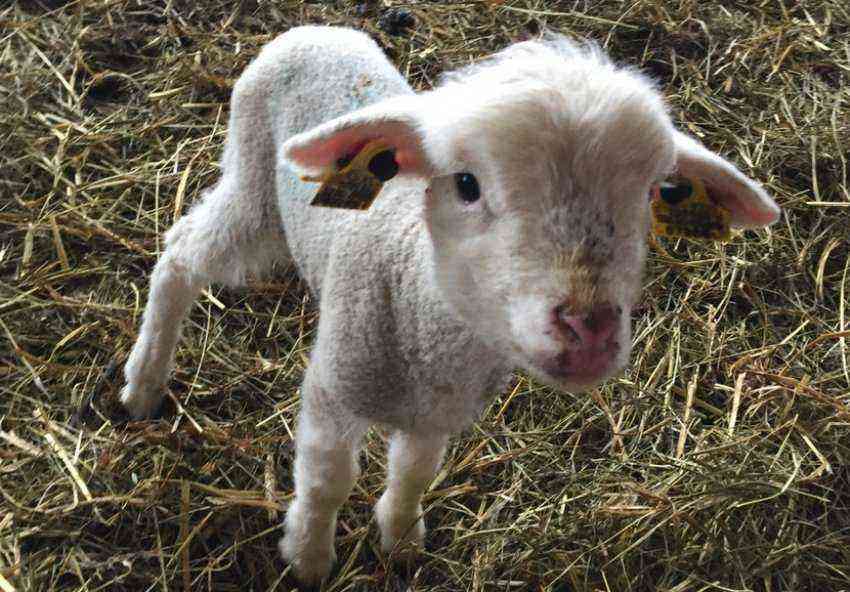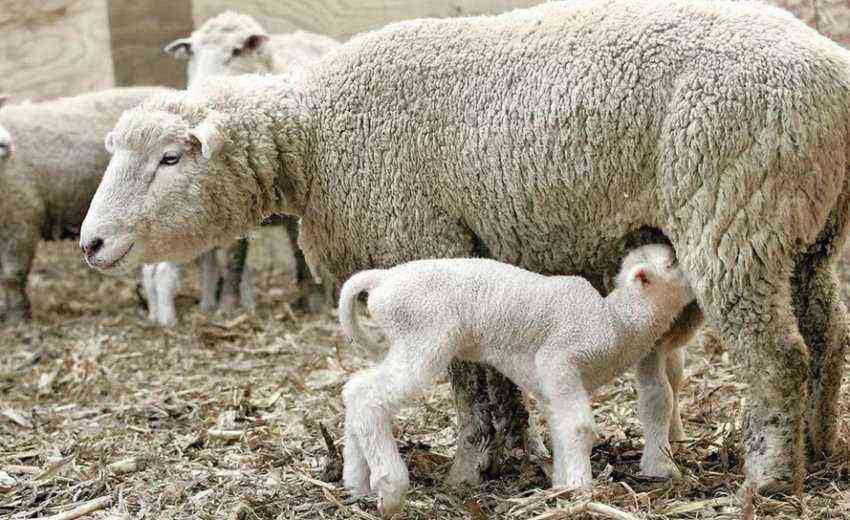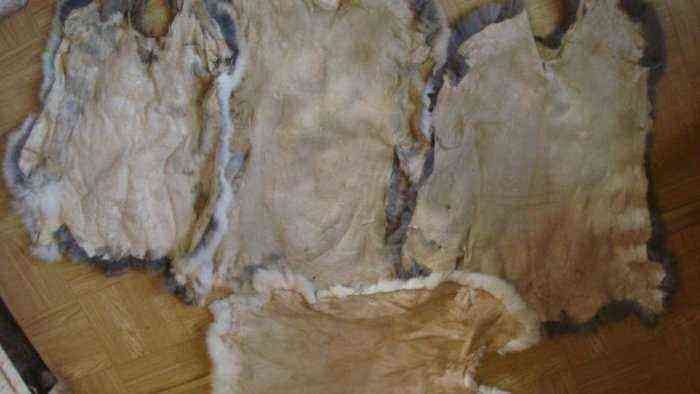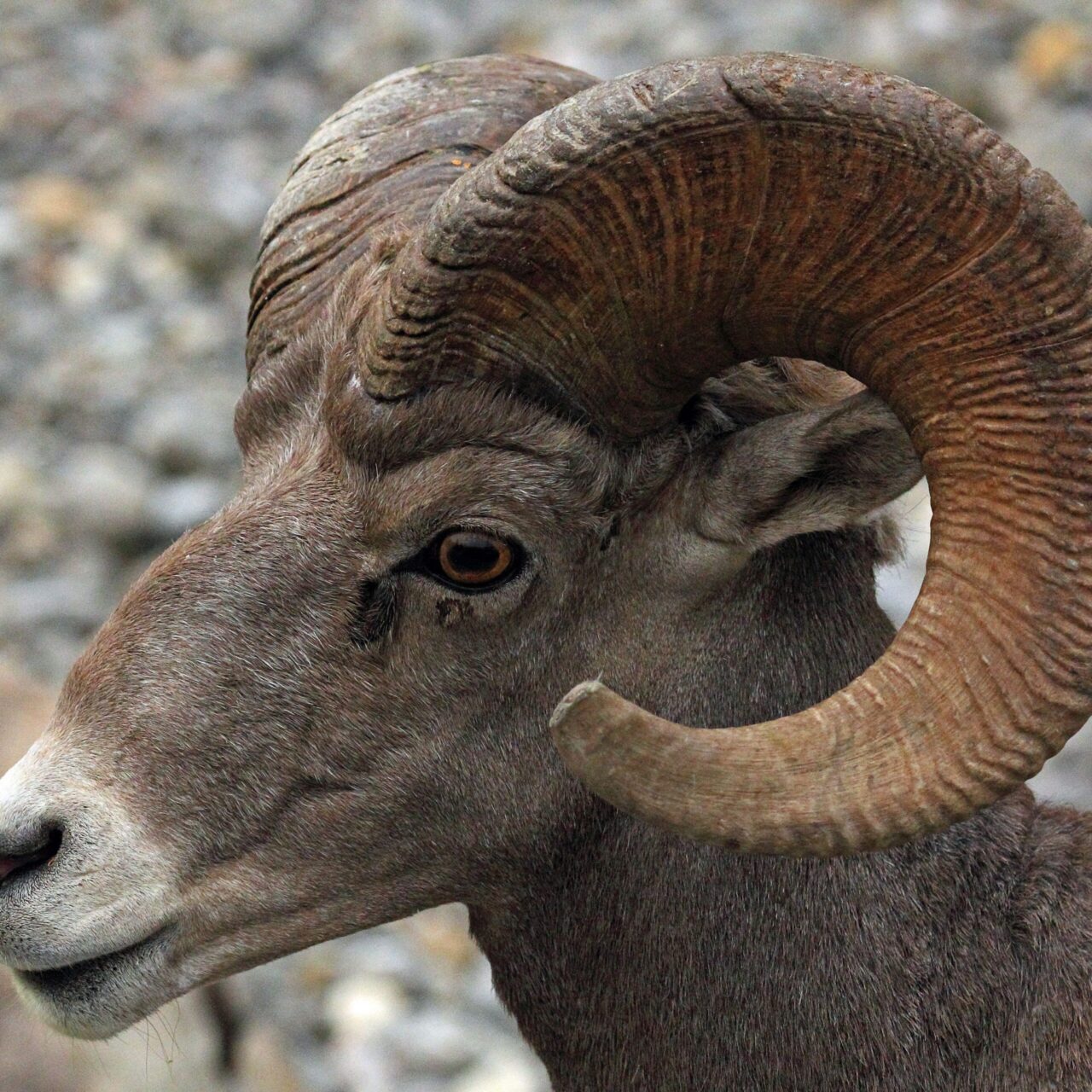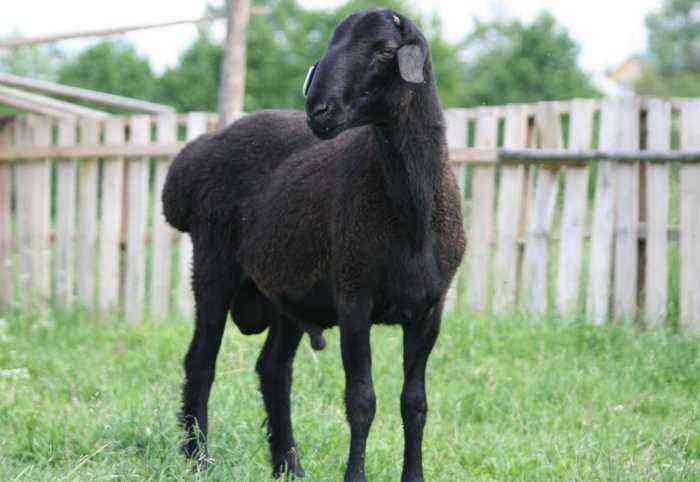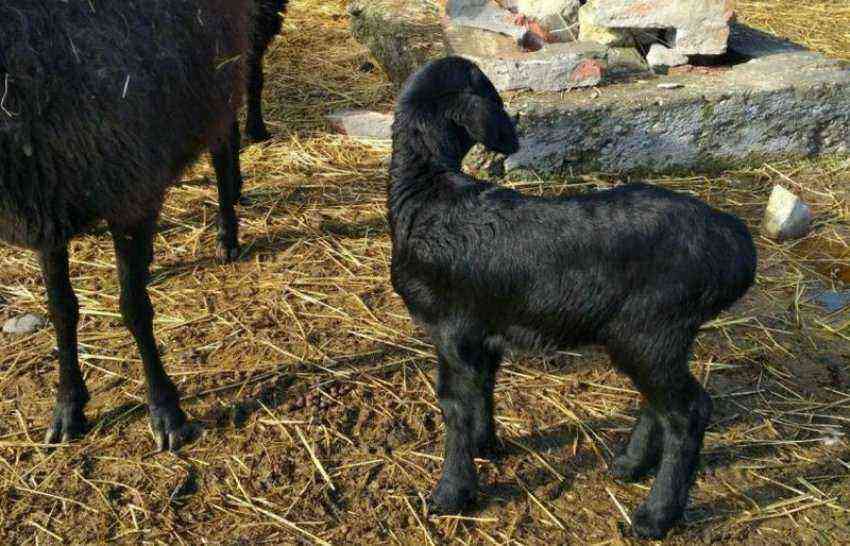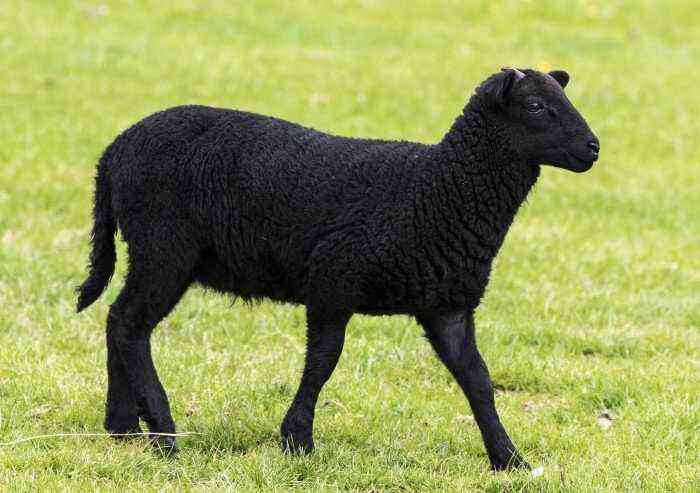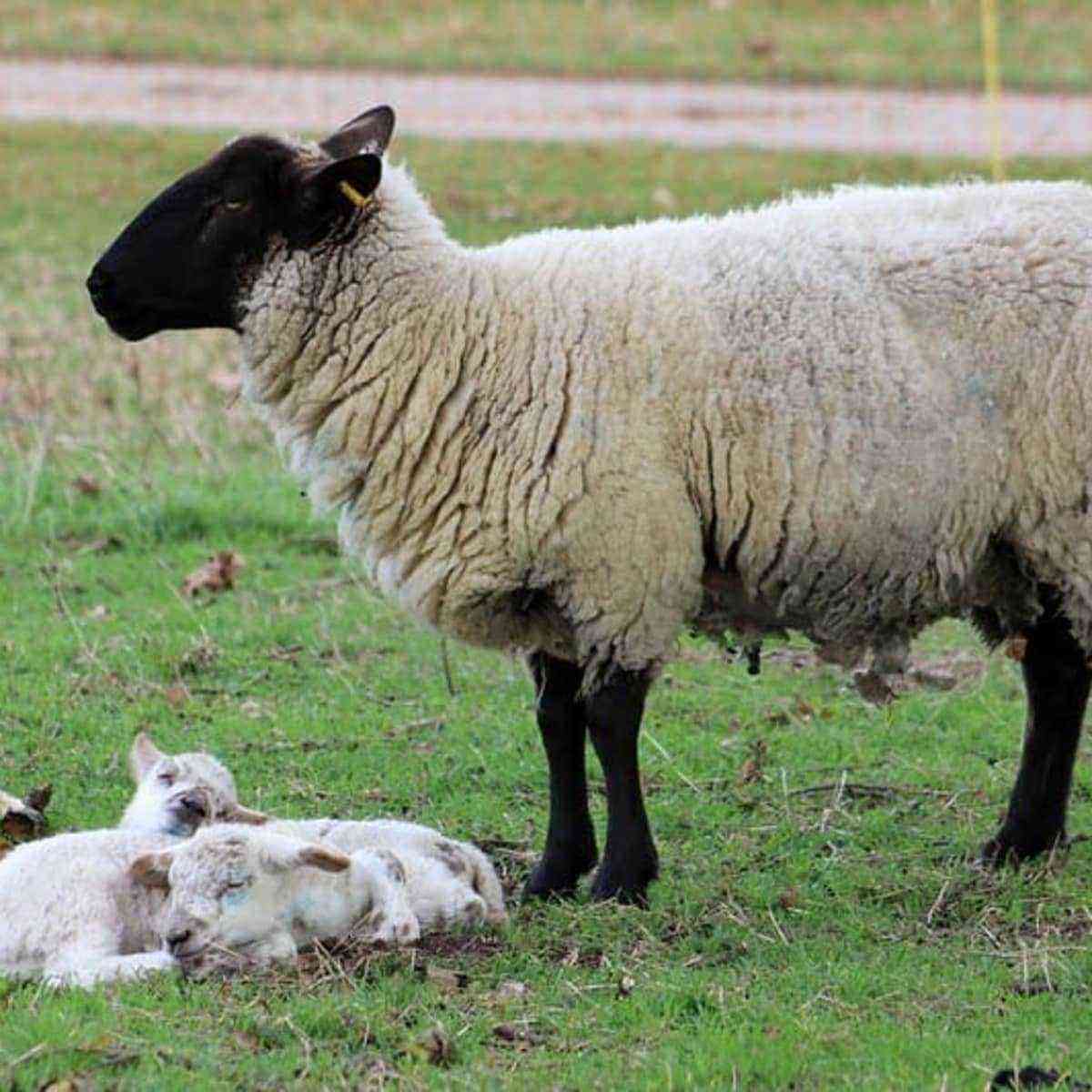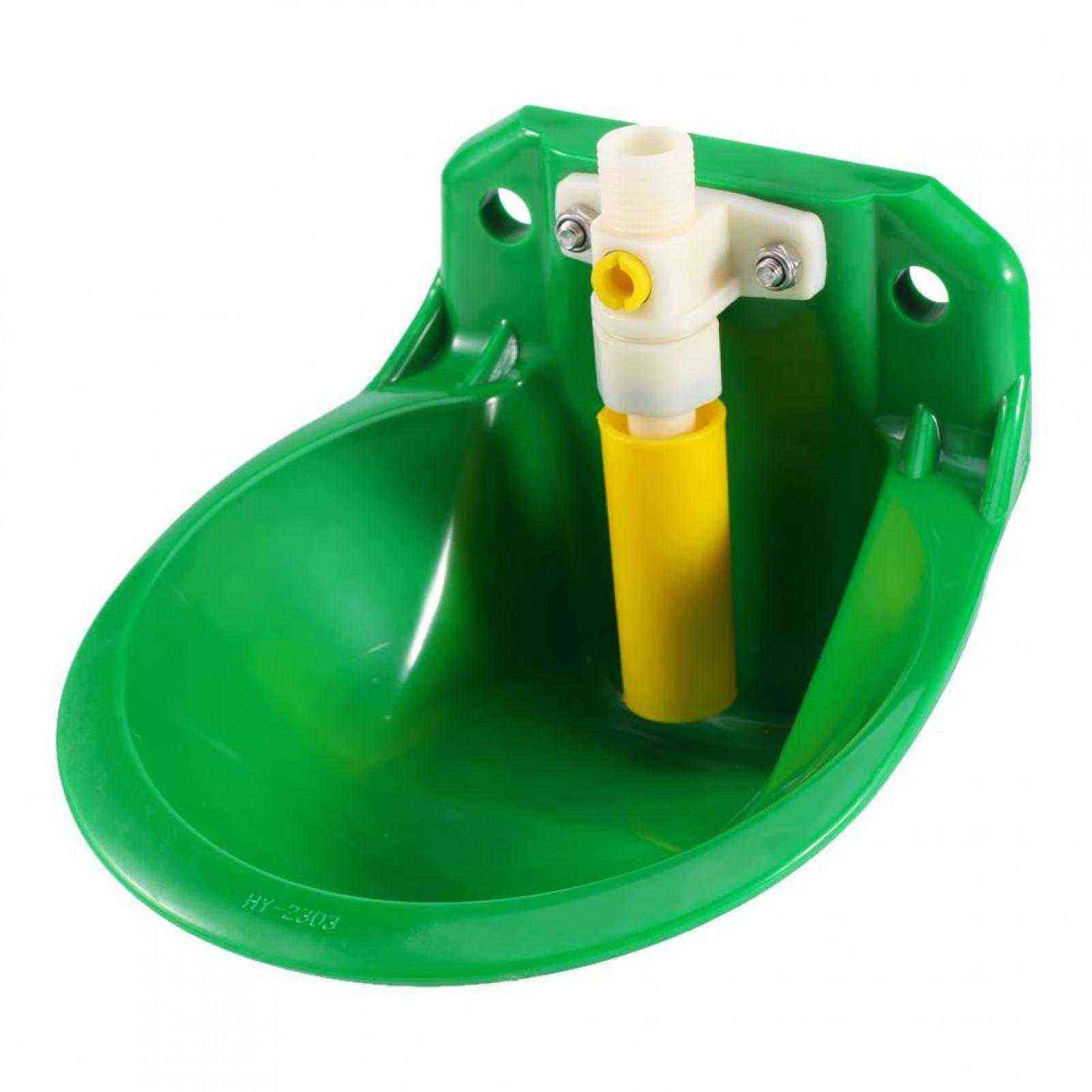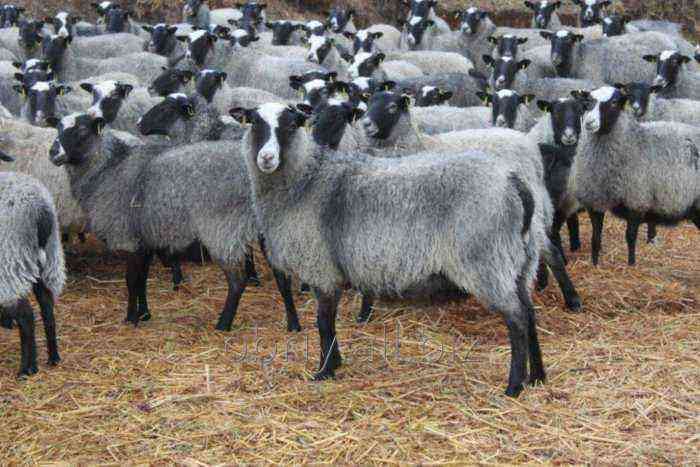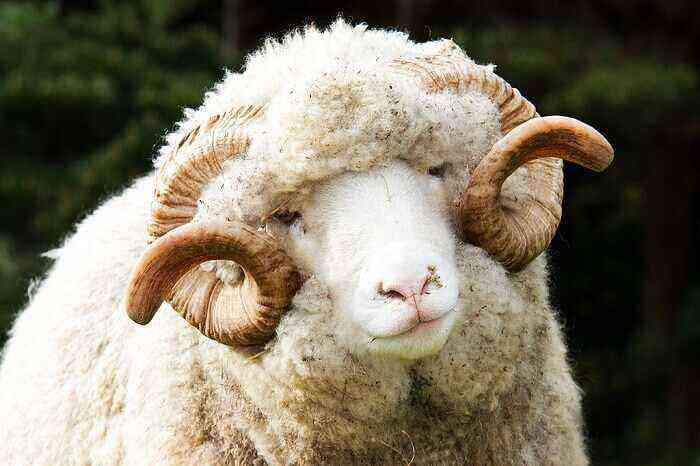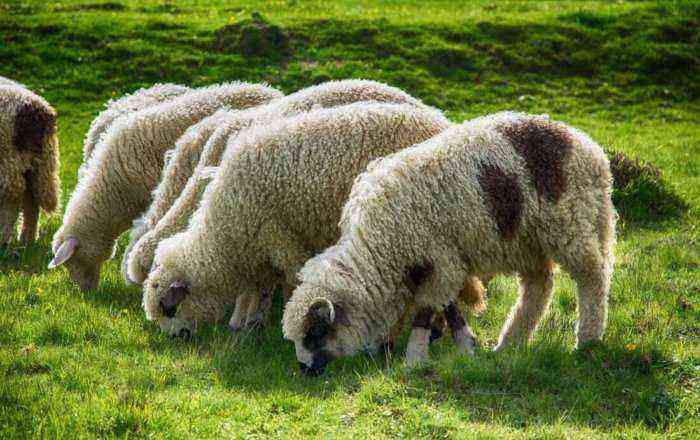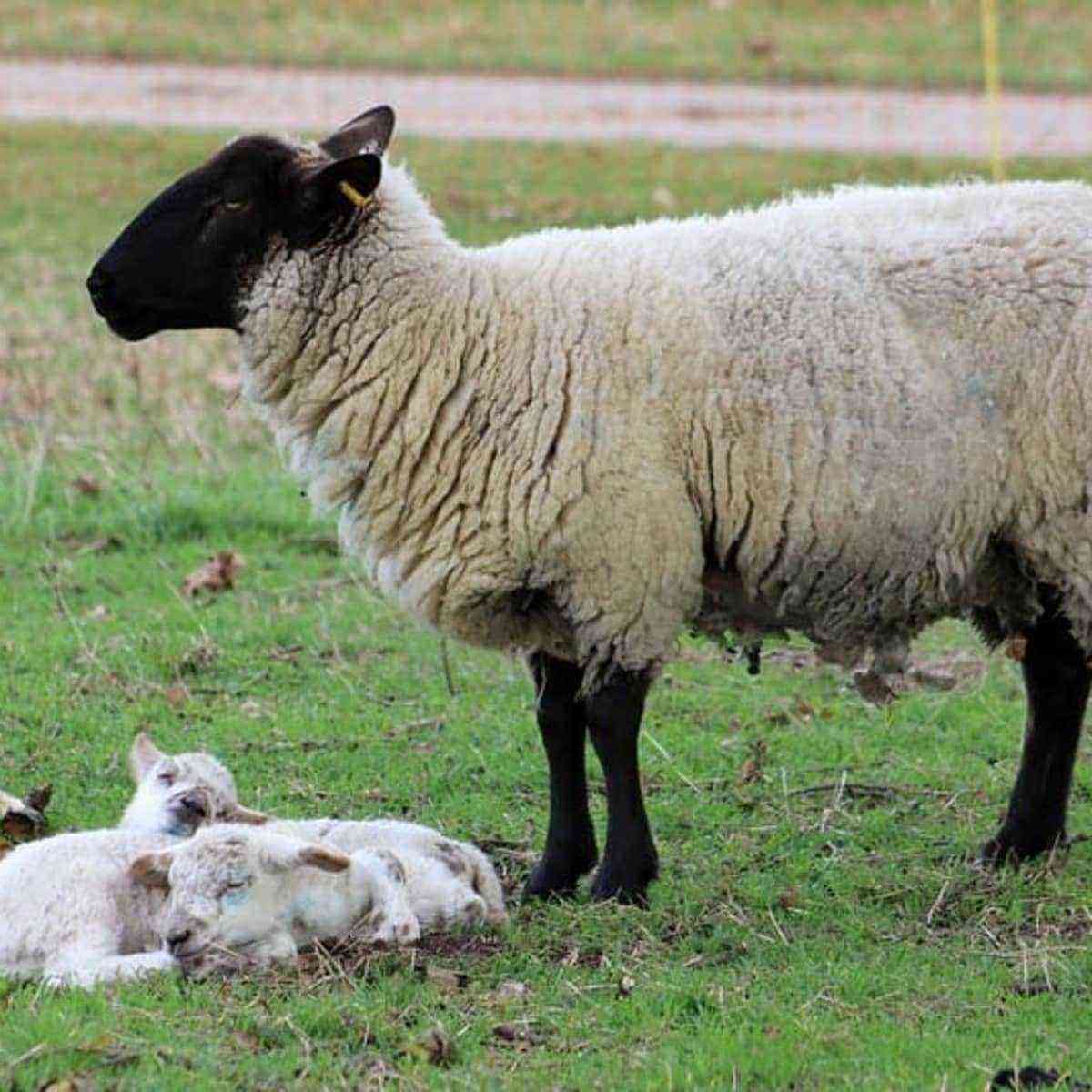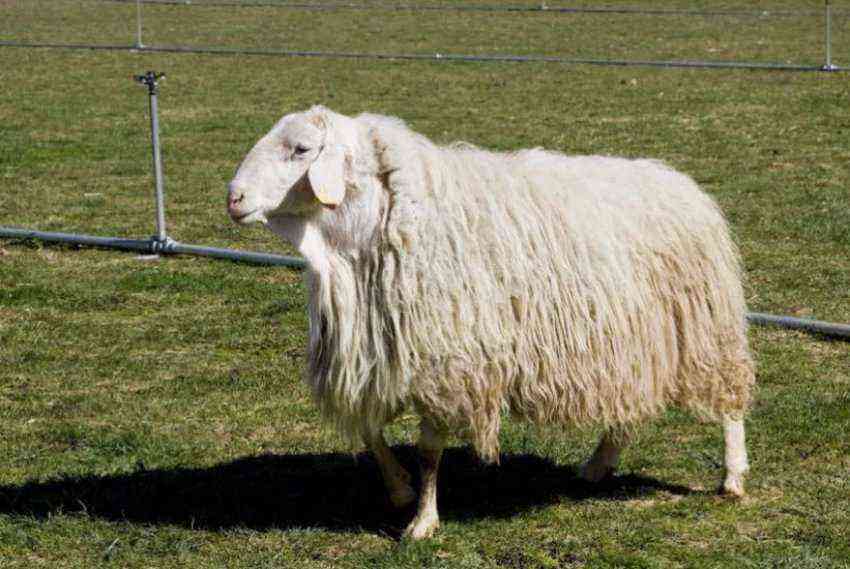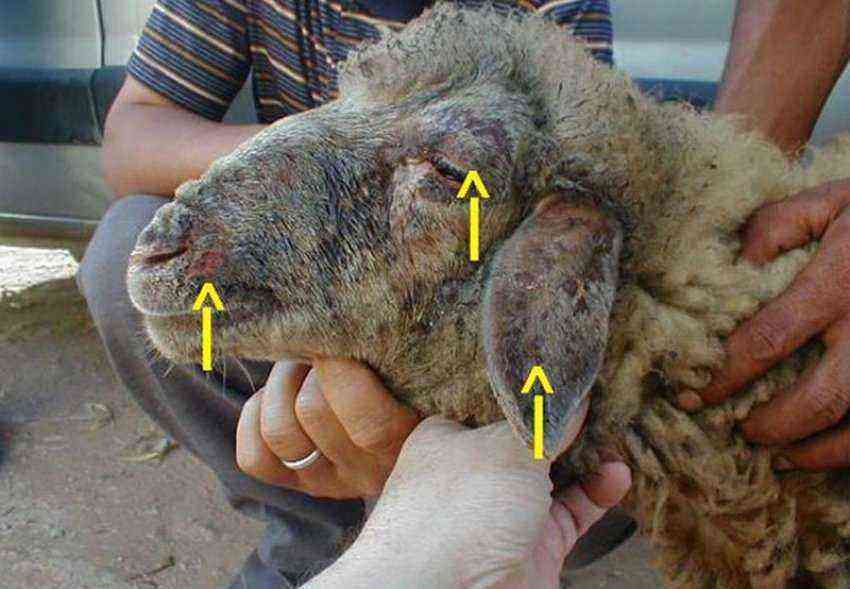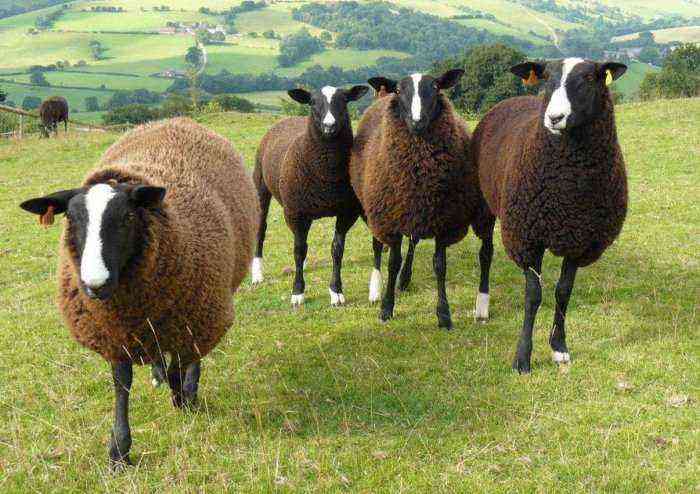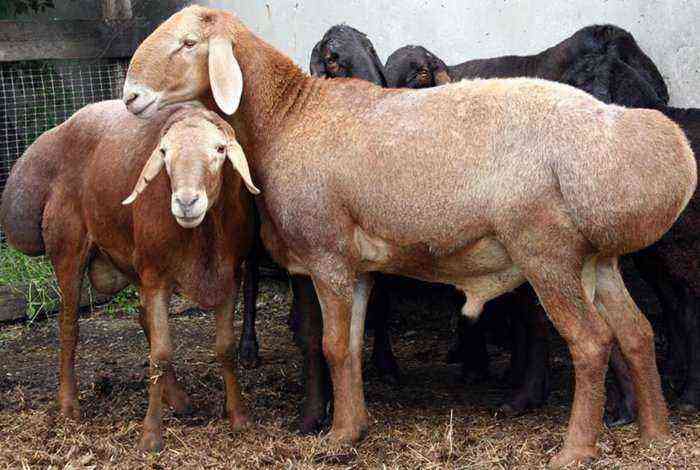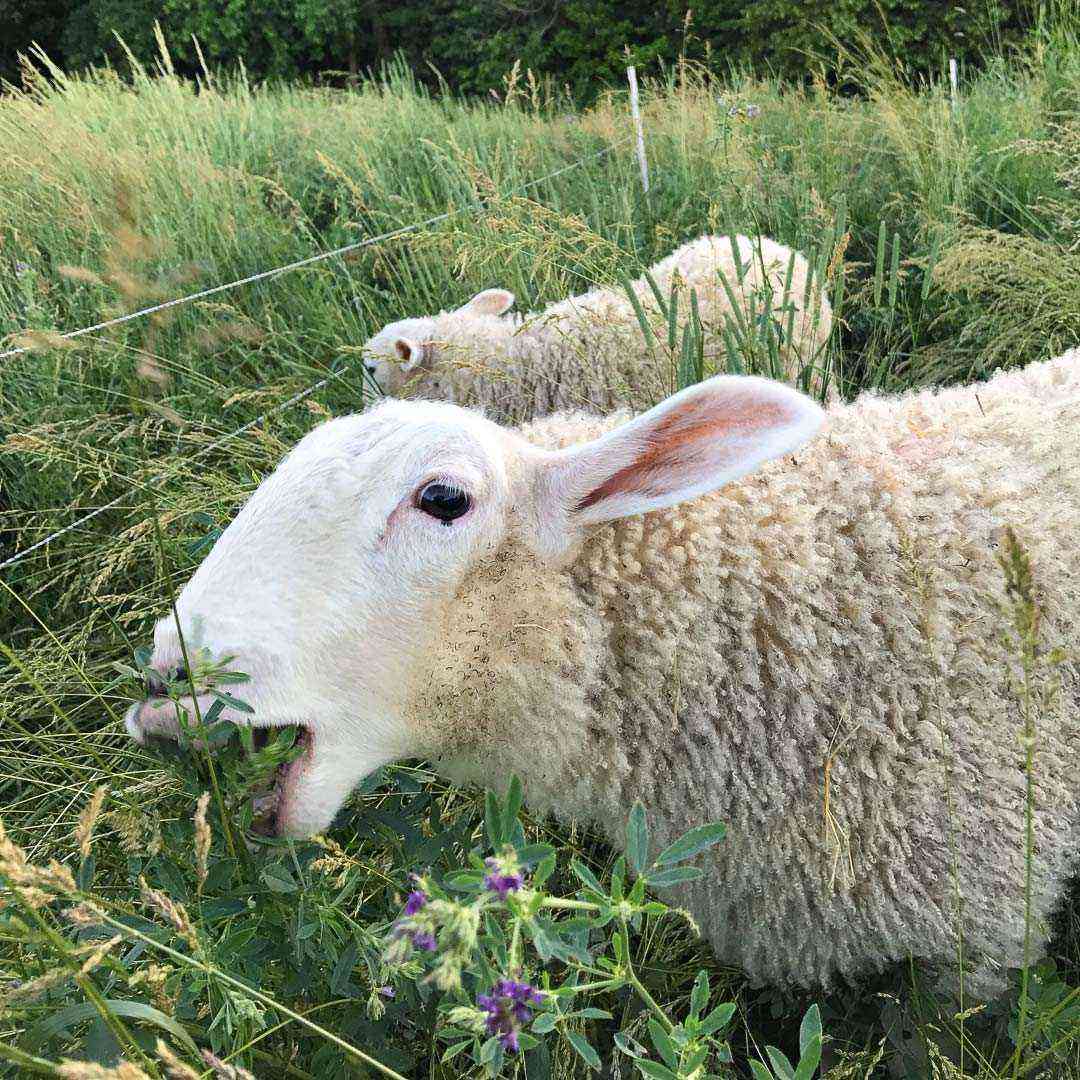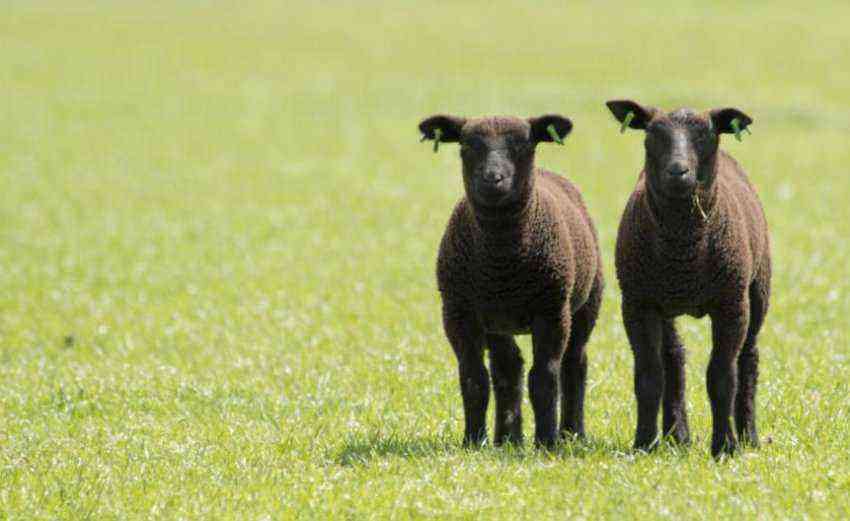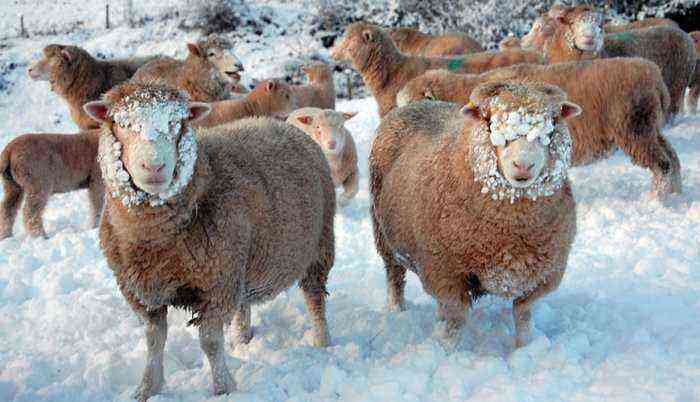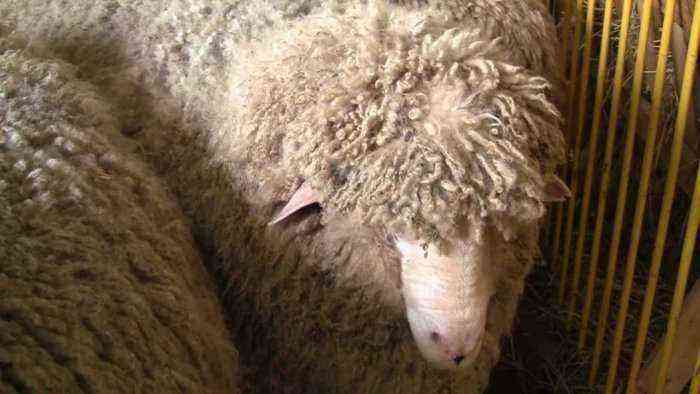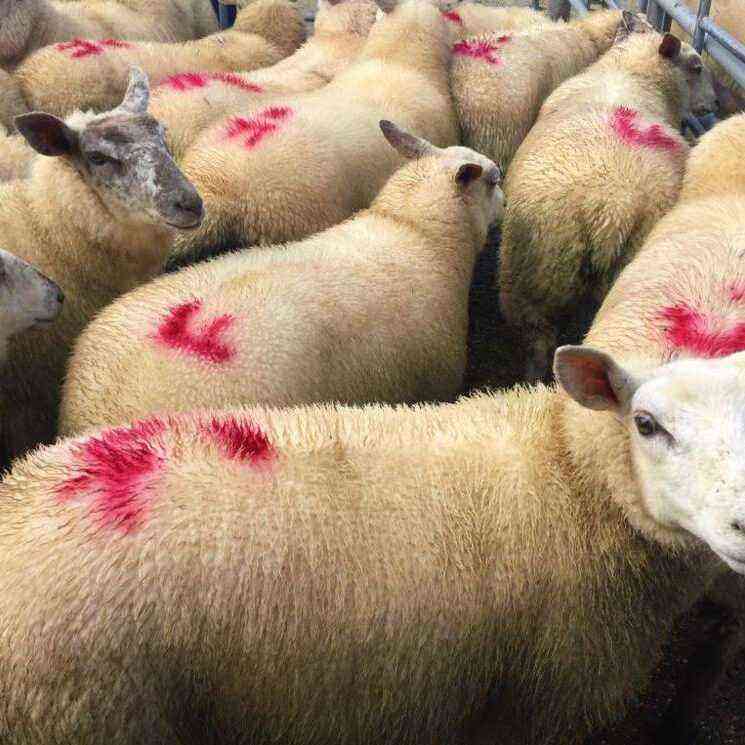Estrosis is a dangerous parasitic disease that affects the livestock of sheep during the hot summer period. About how infection occurs, what are the symptoms of the disease, what methods of treatment are used to diagnose the disease, read further in the review.
Estrosis of sheep: what is it
Estrosis is a disease of humans and animals, which is provoked by insects. A parasitic disease in small cattle develops as a result of infection with gadfly larvae.
Did you know? Scientists have not yet been able to create a synthetic analogue of sheep’s wool, which would not be inferior to it in quality and ability to retain heat.
Causes
The hot period – from the end of June to the end of September – is the most dangerous for cattle, since it is during this time period that the sheep gadfly (Ovestrus ovis) is activated. Due to a strong increase in temperature and density of the soil, the offspring laid by the females die, and in order to preserve the species, the insect “injects” the larvae into the nasal cavity of the sheep.
When the offspring of the parasitic insect is in the nasal sinus, the sheep can sneeze, then the individuals that did not have time to attach to the mucous membranes fall out, and the rest settles in the frontal and horny cavities of the animal.
Gadfly larvae are the causative agents of estrosis, enter the nasal passage at the first stage of development and parasitize inside the animal for 9-11 months – until maturity. During this period, individuals do not exceed 2 mm in size. Parasites have a beige color, piercing-sucking mouthparts, equipped with 2 hooks for better fixation on the mucous membranes of the animal. The insect is able to move and penetrate deep into the frontal and even horny parts of the head.
After 2 months, the process of molting occurs, and the larva reaches the second stage of development – its body increases to 1 cm in length. At the last stage of development, individuals reach up to 3 cm in length and have a width of up to 6 mm.
The main symptoms and their difference from coenurosis
As a result of parasitism of gadfly larvae, there is a violation of the integrity of tissues, mucous membranes inside the nasal passage and places of insect settlement. Damaged areas become inflamed and begin to rot. Soon, the processes of decay lead to the fact that a huge amount of toxins accumulate in the sheep’s body, which enter the blood and lymph through the capillaries.
Important! The parasite actively feeds on the tissues of the animal, thus stocking up with the necessary substances in order to leave the body of the animal with the advent of spring and continue its genus.
Symptoms of infection with estrosis:
- severe anxiety of the animal;
- a large amount of discharge from the nose, which have purulent or blood impurities;
- difficulty breathing due to narrowing of the nasal passages;
- lack of coordination;
- fever;
- lethargy and loss of appetite.
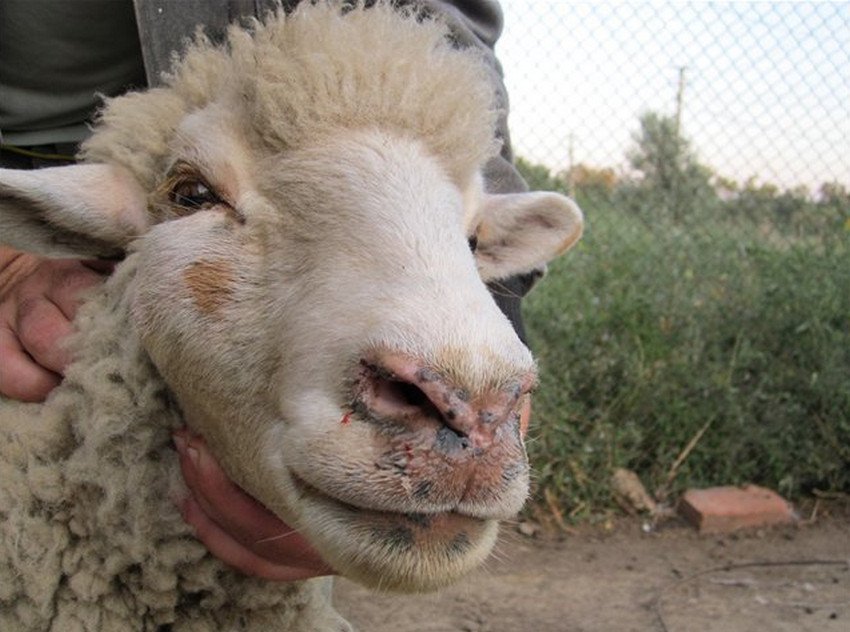
Pest larvae are localized in the brain, less often in the spinal cord. As a result of their vital activity, the nervous system of the animal is affected, so the symptoms are similar to estrosis – in sheep, coordination is disturbed, appetite disappears, and increased excitability is observed. But there are also symptoms that distinguish these two diseases from each other. With coenurosis, there is a sharp loss of vision or its complete absence, the animal gnashes its teeth, cramps of the spinal and cervical muscles can be observed.
Did you know? Rock sheep are one of the few animals that can survive at an altitude of 5 thousand kilometers above sea level.
Diagnosis: how to conduct a study on estrosis
A study on estrosis is carried out based on a visual assessment of the condition of the sheep. The main thing is to pay attention to the symptoms of the manifestation of the disease in time, and begin treatment.
The final diagnosis can be established only after opening the head of the dead sheep.
Methods of struggle
For the treatment of estrosis, drugs are used:
- “Cyflunit Flock”. Available in the form of a spray, which is applied to the surface of the back along the spine. The product provides reliable protection against gadflies, horseflies, flies and other insects for 4 weeks.
- “Ivermek”. It is used in the form of injections, which are administered twice with a break of 10 days.
- Klosatrem. It is used as an injection, which begins its effect already 10 hours after the injection and provides lasting protection against invasive diseases.
Prevention
To minimize the risk of infection with estrosis, preventive measures are taken in the sheep pen. Stalls are thoroughly disinfected, insect traps are installed.
Important! The place where animals are kept must be cleaned daily of faeces and various kinds of garbage, which are disinfected and destroyed outside the farm.
Estrosis is a dangerous disease of small ruminants. With proper, timely prevention and competent treatment of the disease, the extinction of livestock can be avoided.
